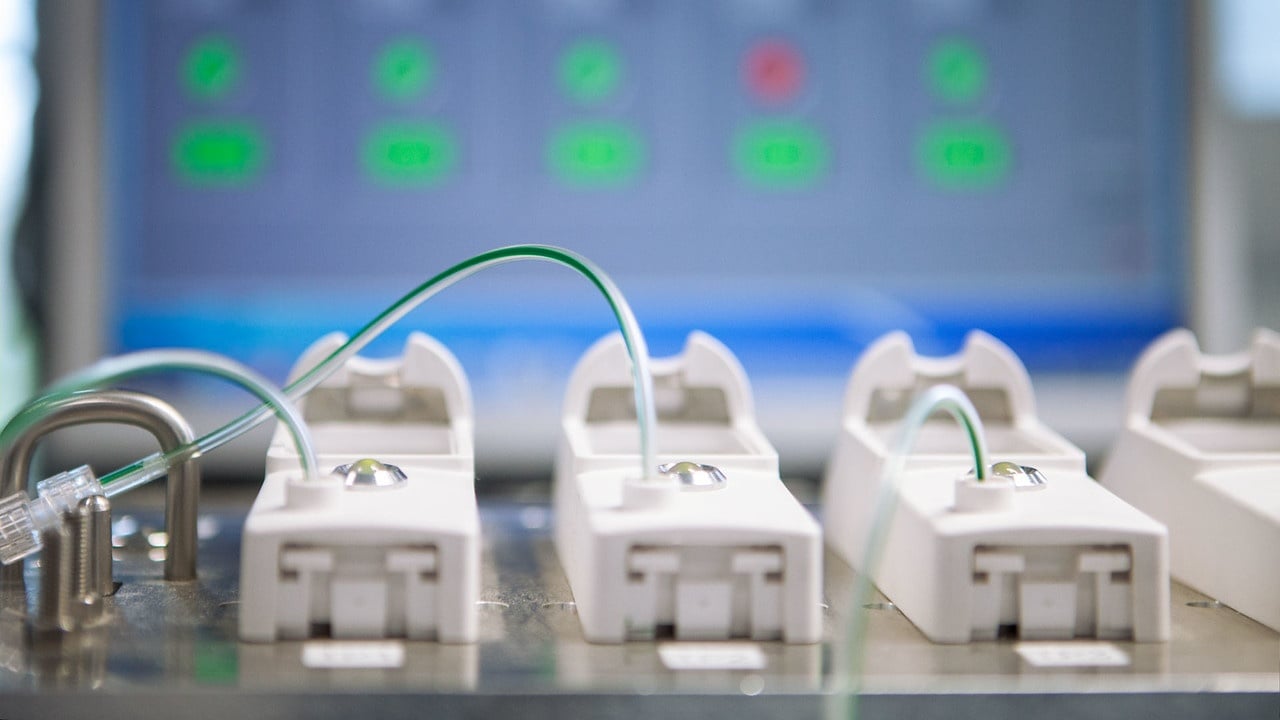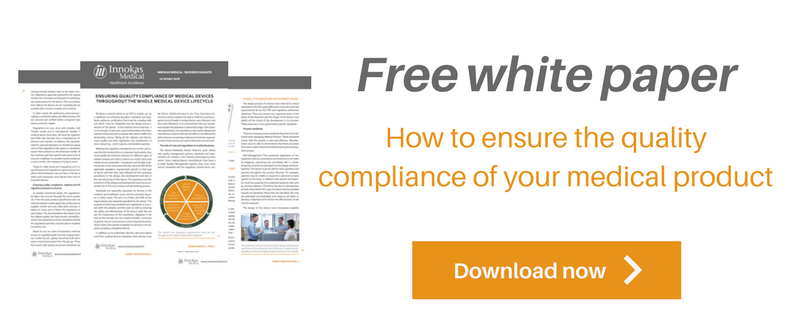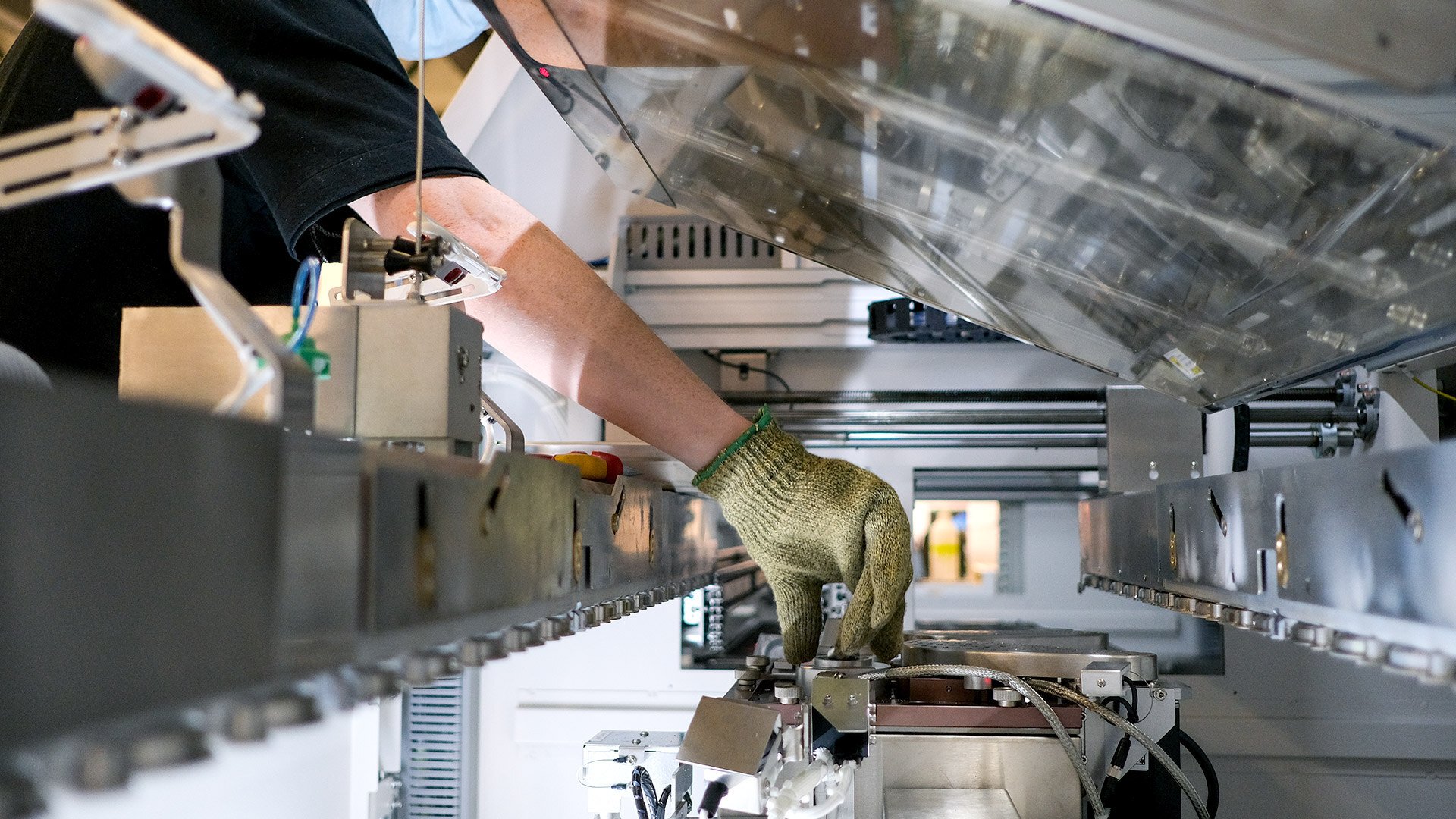When creating a new medical device to the market, there’s much more that goes into designing, developing and introducing it to the market. To be able to enter the certain markets, the development and production processes have to fulfill certain criteria. The authorities require constant vigilance so that the safety and effectiveness of the device are ensured and verified before companies launch their devices to the market.
Therefore, designing, developing and manufacturing of medical devices can be called as complex process full of needs, specifications and requirements set by authorities, patients and end users. All of those must be taken into account and adhered to create a successful medical product.
We’ve earlier discussed comprehensively about that how to balance the regulatory compliance with medical device design and development process. But what happens after that phase - how to ensure the quality and regulatory compliance AFTER the design and development phase? How to recognize all the needed fundamentals, specifications and requirements set by authorities, patients and end users, to get the market access on time? And how to ensure that the device is manufactured consistently so that the compliance is ensured, and the device can be sold in targeted market areas? Here’s our tips related to that!
TIP #1. Be sure that you or your partner company has a certified Quality Management System
When you’re working in medical industry, it’s a fact that regulations and standards are something that companies need to follow and they’re coming stricter for everyone continuously. This is primarily because of safety reasons; the purpose of enforcing standards and regulations is to ensure the safety and effectiveness of the devices and that way protect both the patients and the users. The most practical way to ensure this is to recognize, follow and fulfill all the applicable requirements and standards for the device.
Related to that companies need to meet the certain standards and the regulatory requirements concerning medical devices, every medical device manufacturer must have certified Quality Management System. The well-established quality management system helps the companies to comply with current regulations as it establishes the company processes in a way that those align with regulatory expectations. QMS is something that helps your company in your everyday life as it establishes a framework for how your company does your business, align with the standards and regulations.
In the medical field, the best way to establish a quality management system is to build it in compliance with ISO 13485:2016 standard. In addition, it should be in compliance with FDA 21 CFR part 820 (QSR) if company seeks US markets. If your QMS meets both ISO 13485 and FDA QSR, there’s a pretty good chance you are going to be in good shape with most medical device regulatory bodies.
The suitable QMS is needed already in the design and development phase of the product. And after that, when the medical device will be transferred to manufacturing, the device must be manufactured to a high consistency according to ISO 13485, GMP and FDA requirements and standards throughout the entire manufacturing process. That’s why it is extremely important that the manufacturer or production facility is compliant at least with ISO 13485 requirements. FDA registration is required also if the company seeks for US markets (see tip #2 below).
When a company manufactures a complete device for a client (“legal manufacturer”), a Notified Body would see them as a ‘critical subcontractor’. Critical suppliers may also be audited without prior notice by your Notified Body. You would not like to risk your compliance status, and therefore a well-established Quality Management System should be a must for your contract manufacturer. As the legal manufacturer and the contract manufacturer must work closely together, a manufacturing quality agreement in line with ISO 13485 beneficial so that the responsibilities of each party can be clearly defined.
One important thing, among the others, is also that the life of a medical device does not end when it is sold to a customer. Post market surveillance is a collection of processes and activities that are used to monitor the performance of a medical device. QMS is something that helps you deal with the processes during that time, as well.
Tip #2. FDA regulations apply to design but also to manufacturing of a medical device
The companies should get themselves familiarized with the classifications, regulations and rules of FDA already at the idea phase of the device life cycle, if the aim is to enter the US market. This is because FDA regulations applies both to design and development as well as to manufacturing of the device.
First of all, it is crucial that you have a design team that is familiar with FDA requirements. To fasten your product’s way to US market, you should ensure that your design team, whether in-house or a partner, knows about Design Control requirements FDA has set in FDA 21 CFR Part 820 as well as in other regulations and recognized standards. Design team should be aware of different guidance FDA has given related to device design and development, as well.
There are a number of guidelines written by FDA, that can help designers to prepare documentation that is as such useful when compiling application papers for example for FDA 510(k) submission. To avoid extra costs, double work and unnecessary documentation, choose a team that has robust processes for design control and experience of technical matters as well as regulatory requirements.
And after that, if you need a contract manufacturer, be sure that you have a partner that is compliant with FDA QSR and who has registered their establishments in the FDA register. Preferably, your contract manufacturer has a long experience of the FDA compliant QMS over the years and is familiar with the inspection protocols of the FDA. This ensures that the manufacturer has good manufacturing controls such as internal audits, management reviews, production and process controls and CAPA procedures etc. in place.
The basic regulatory requirements, that manufacturers of medical devices distributed in the U.S. must comply with, are; Establishment Registration and Medical Device Listing - 21CFR Part 807, Quality System Regulation (QS regulation) - 21 CFR Part 820, Labelling - 21 CFR Part 801 and Medical Device Reporting - 21 CFR Part 803, and where applicable Premarket Notification 510(k) - 21 CFR Part 807 Subpart E, Premarket Approval (PMA) - 21 CFR Part 814 and Investigational Device Exemption (IDE) - 21CFR Part 812.
Tip #3. Pay extra attention to Design Transfer to production
After the design & development phase, the device will then be transferred to manufacturing. This design transfer phase involves giving the production facility all the necessary information, such as manufacturing documentation, working instructions and DHR templates. The training for manufacturing personnel have to be planned and duly given, supplier controls must be established, and production controls planned among other actions to ensure that the manufacturing will produce exactly the same product that was designed.
During the design transfer phase, companies also ensure that the device can be manufactured to consistently good quality and the risks arising from manufacturing must be recognized and reduced. Process Validation is part of the design transfer actions. This includes Installation Qualification, Operational Qualification and Performance Qualification and is a requirement of ISO 13485:2016 as well.
Tip #4. Recognize all the standards, laws and regulations that need to be taken into account in the different phases of manufacturing of the medical device
When the actual manufacturing begins, the device is built according to ISO 13485, GMP, and FDA requirements and standards throughout the entire process, as mentioned earlier. These also include the requirements that are enforced by other countries’ regulators (e.g. Japan, Canada, Brazil etc.). All this entails applying risk management (PFMEA), meticulous documentation and records (DHR), continual inspections, maintenance of the manufacturing equipment, training events, change control, internal auditing and making any corrective actions when problems occur. The process must also accommodate ensuring continuous improvement.
The manufacturing site must keep the quality management system effective all the time and be ready for external audits at anytime. The audits are conducted by the legal manufacturer, certification bodies, authorities, customers etc.
Tip #5. Change your mindset to life cycle thinking
The job of a medical device developer and manufacturer is a multi-faceted one. All of the above factors must be integrated with each other in the overall manufacture of the device. This requires a comprehensive knowledge and complete understanding of the whole process for a team.
As mentioned earlier, companies need to understand that the design and development as well as manufacturing phases are not enough; the regulations have to be taken into account through the entire product life cycle. Having achieved and integrated all the design goals, the next step is to get marketing authorization from the various authorities before the actual manufacturing can begin. And also during production processes, supplier control and even after-sales services, it is mandatory to know and follow the regulations related to each phase.
To read more about the regulatory process of the whole life cycle of the device, you can download our free White Paper including insights related to that. It shows an illustrated outline of the stages in developing and building your idea into a worldwide selling product in the medtech/healthtech sector. These phases demonstrate how to ensure compliance to enable medical devices to be placed on the market as smoothly as possible. Please download your free white paper below!











